US flies supersonic heavy bomber over Korean Peninsula
The United States has flown a supersonic heavy bomber from its Guam base over the Korean Peninsula during a joint military drill with South Korea.
The B-1B Lancer bomber flew from Guam and joined the massive joint aerial drills over the peninsula on Wednesday, according to South Korea’s Joint Chiefs of Staff (JCS).
“Through the drill, the South Korean and US air forces displayed the allies’ strong intent and ability to punish North Korea when threatened by nuclear weapons and missiles,” the JCS said in a statement.
The US and South Korea kicked off the five-day war games — called Vigilant Ace — on Monday, with more than 200 aircraft, which have been conducting mock attacks on North Korea in different war scenarios.
The American B-1B bomber, also referred as the “Bone,” is a heavy strategic bomber capable of delivering non-precision gravity bombs.

The US on Wednesday dispatched several F-35 stealth jets, F-22 Raptor fighter jets, and F-16 fighter planes to take part in the drills at the Pilsung Firing Range in South Korea’s Gangwon Province, according to the JCS.
North Korea, which denounces such drills, said at the weekend that the recent war game pushed tensions on the peninsula toward “a flare-up.” On Sunday, the North’s Committee for the Peaceful Reunification called US President Donald Trump “insane” and warned that the drill would “push the already acute situation on the Korean peninsula to the brink of nuclear war.”
The US and South Korea, which are opposed to the North Korean missile and nuclear programs, however, claim the drills have a “defensive nature.”
North Korea successfully launched a new type of intercontinental ballistic missile (ICBM) last week, following which the country declared that it had “realized the great historic cause of completing the state nuclear force.”
A South Korea official said on Tuesday that the North’s leader may make the completion of its nuclear program official in his New Year’s message. Seoul, however, has cast doubt on Pyongyang’s claim to have completed its nuclear program.
Following the latest launch, the US-based Union of Concerned Scientists said the new missile would have a range of more than 13,000 kilometers — more than enough to reach the American capital, Washington DC.
‘All wars have rules. All of those rules have been broken’ by Israel
VIDEO | Report flags India’s violation of rights of Rohingya detainees
Turkey's foreign minister meets Syria's de facto leader in Damascus
'Next to impossible' to rescue patients from Gaza's Kamal Adwan Hospital: Director
VIDEO | Vietnam current prosperity
Report blames gasoil exports for shortage at Iranian power plants
VIDEO | Hind Rajab Foundation names Israeli war criminals vacationing after Gaza genocide
VIDEO | Australians rally for Gaza ahead of Christmas festivities


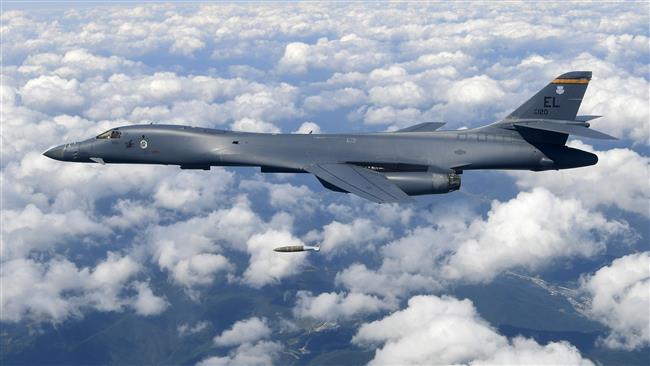
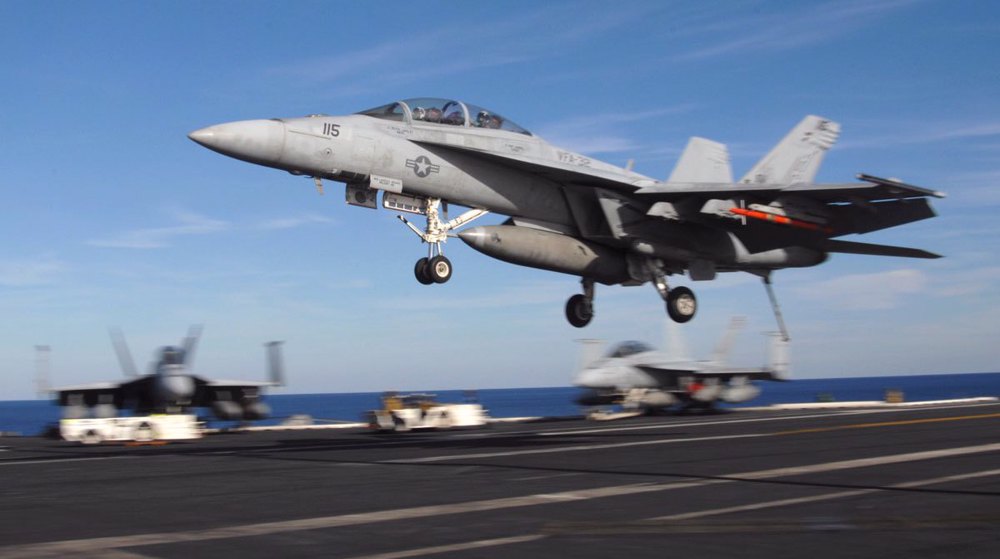

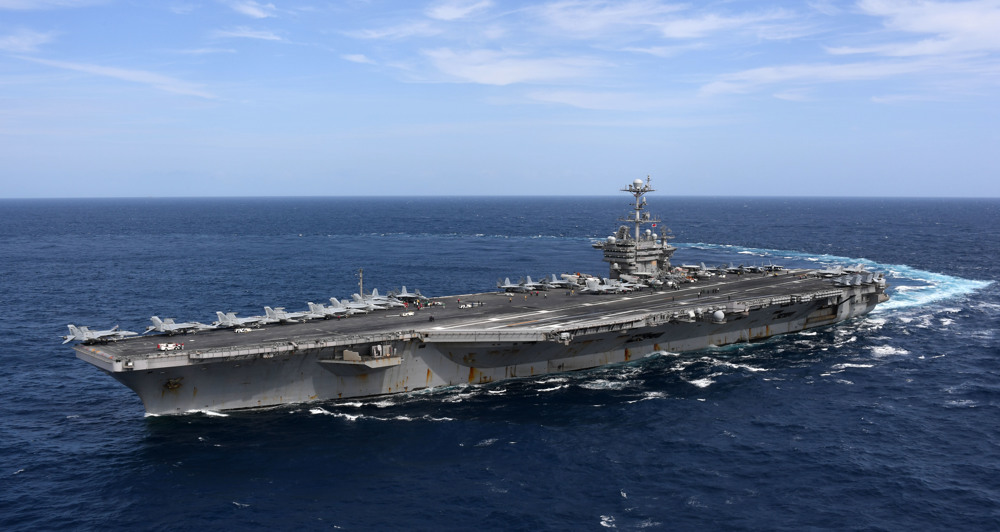



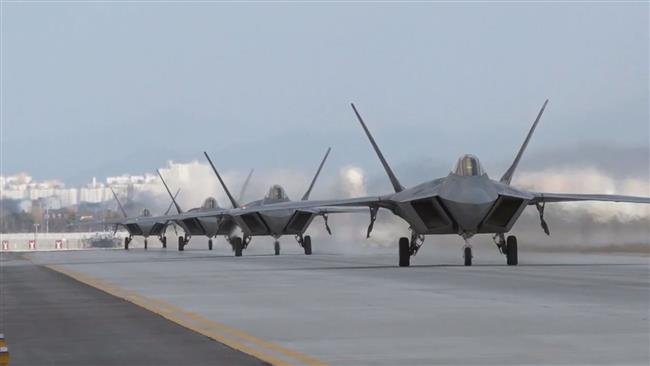
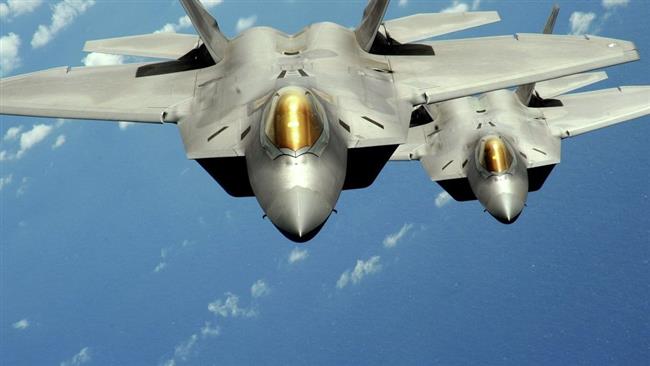



 This makes it easy to access the Press TV website
This makes it easy to access the Press TV website